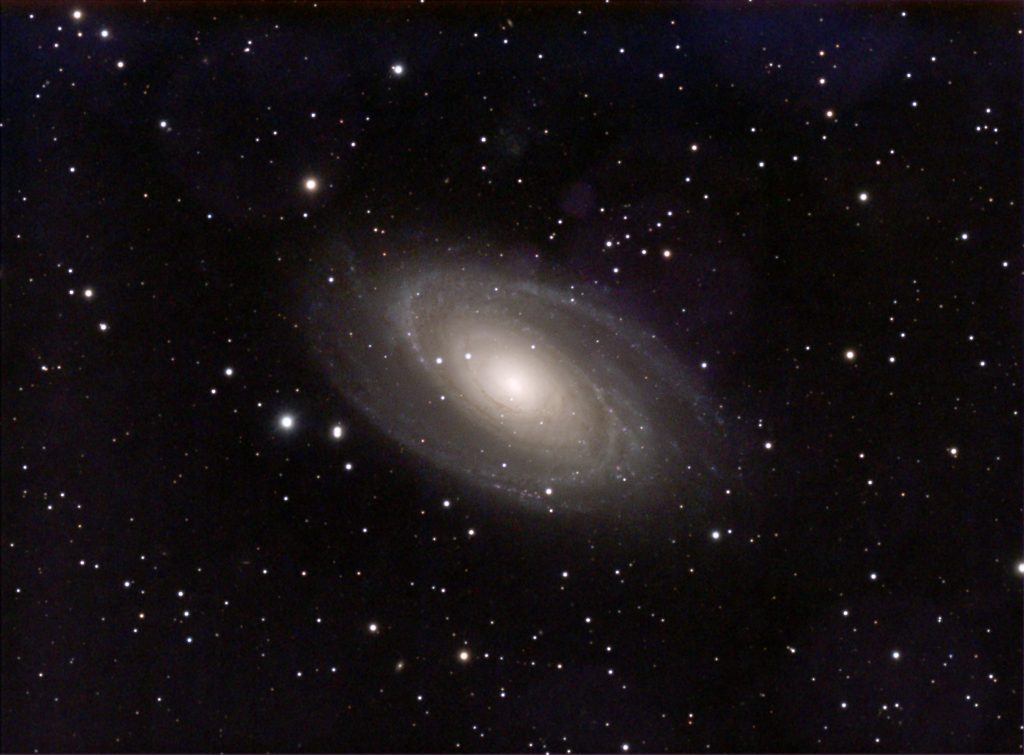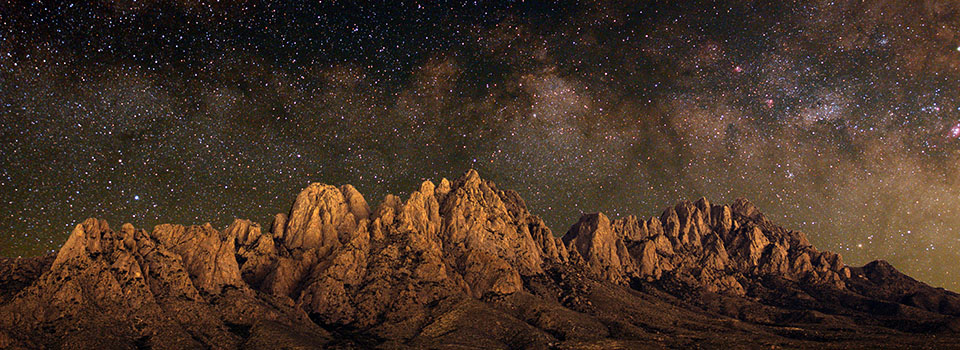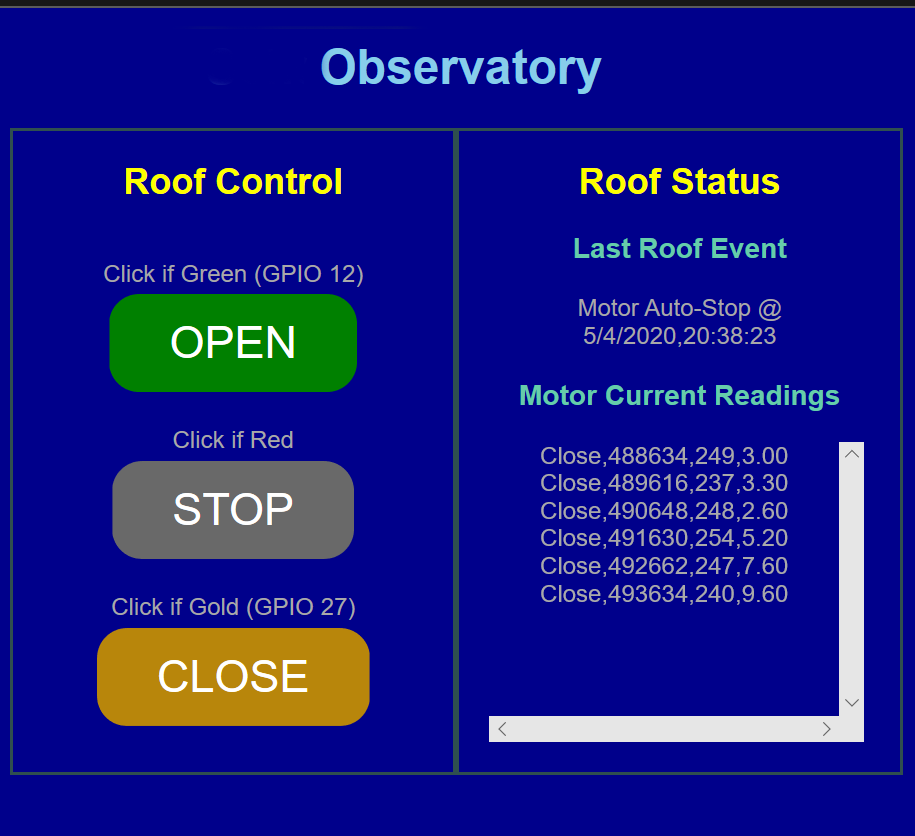Back in May of 2005, 15 years ago, I got my first astronomy specific camera: the Starlight Xpress SXV-M8C one-shot color camera. Prior to that I was using my Canon 40D DSLR for astro photos. The 40D was a good camera in general, but too grainy for the long exposures needed for astrophography.
One-shot color cameras like the M8C include the Bayer color filter matrix over the sensor, just like regular photography cameras do. The good part of that is that a every exposure is a color image. The bad part is that the built-in color filters reduce the camera's sensitivity and require longer exposures than a monochrome camera does.

I took this 2-hour exposure time photo of Galaxy M81 with the M8C a couple of nights ago to honor it's 15 year anniversary. It can still produce a nice image!


